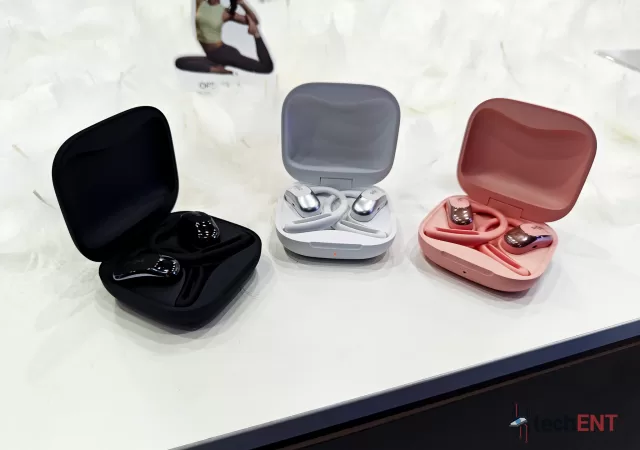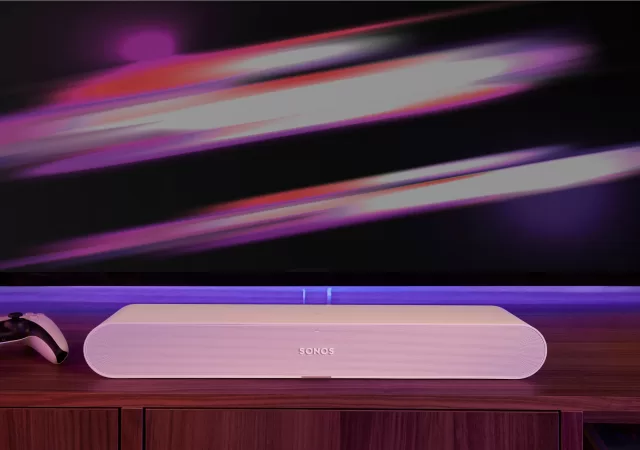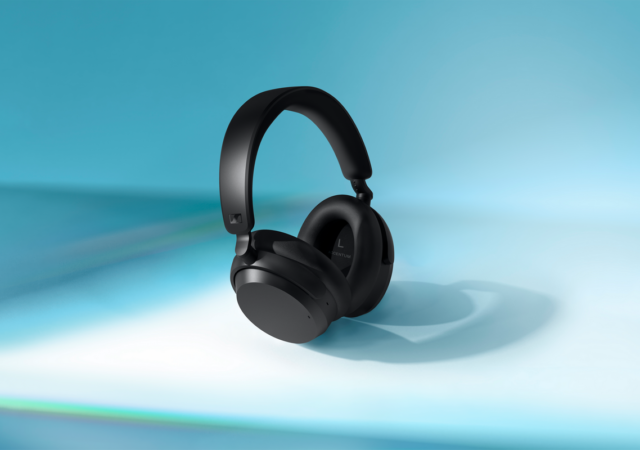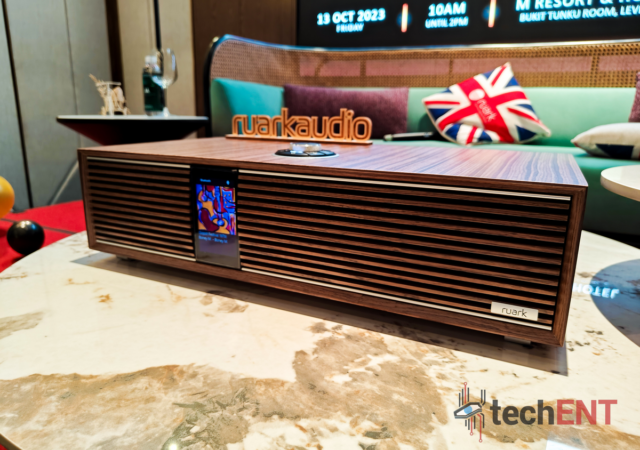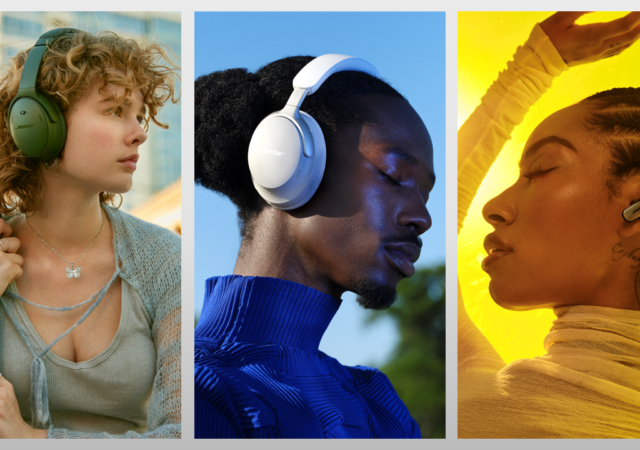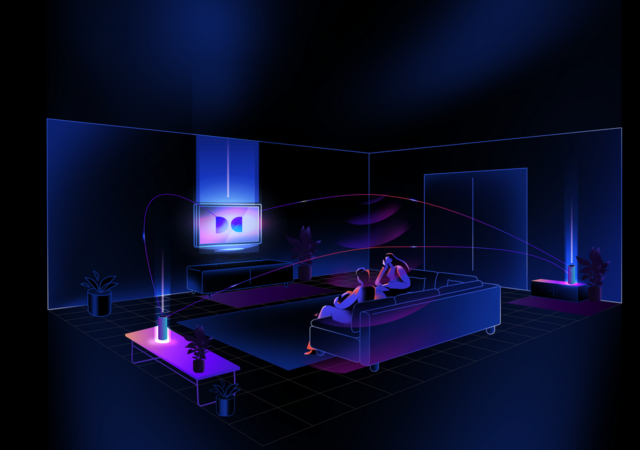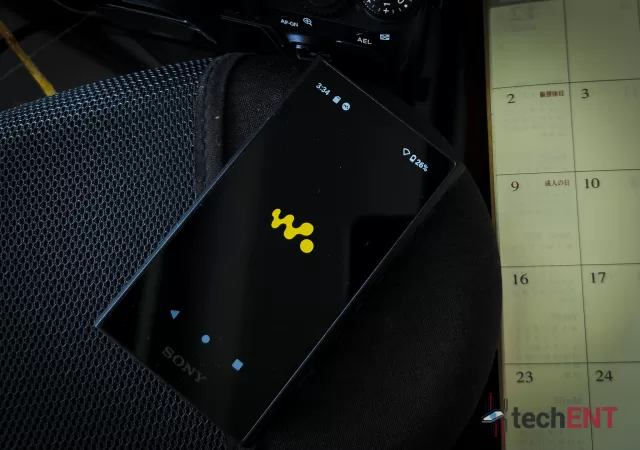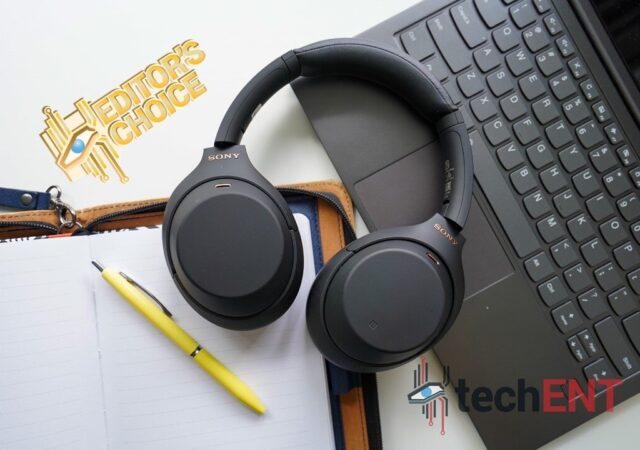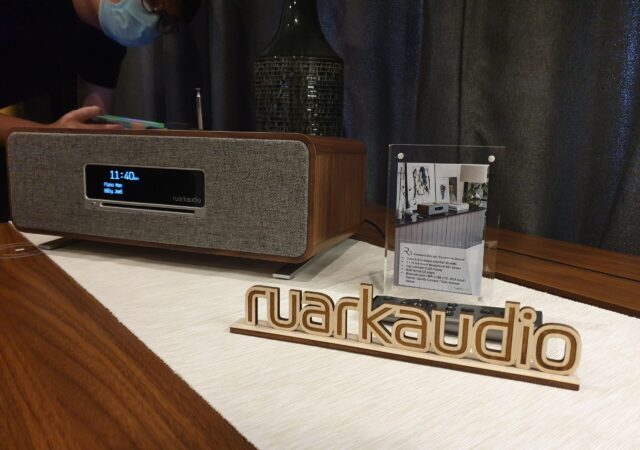The Shokz OpenFit Air shakes things up with its open ear concept delivering top notch sound without obstructing the ear.
Spotify Lossless Audio is Still A Thing… Three Years Down The Road
Spotify’s lossless offerings seems to be around the corner with more leaks pointing to the new offering making its way to desktop and mobile.
Bring Home a Symphony of Sounds with Sonos’ 12.12 Promo
With the holiday season closing in as we enter the last month of the year, Sonos is kicking it off with their 12.12 promotion on their audio and speaker systems. If you’re looking to brighten your living space or home…
Sennheiser Accentum Wireless Headphones Launched in Malaysia for RM999
Sennheiser‘s ACCENTUM Wireless headphones are now available in Malaysia. The feature-rich headphones mark a new dawn for Sennheiser in Malaysia after the acquisition of Sennheiser’s commercial business by Sonova. The headphones are also the trailblazing product for a new partnership…
Ruark Takes A Step into High-Resolution Digital Audio with the Ruark R410
Ruark’s R410 brings a modern take on a late 70s classic design, with aptX HD and HDMI eARC, providing a premium audio experience.
Bose Unleashes New QuietComfort Lineup with new Bose Immersive Audio Technology
Take your music to a new level with the Bose QuietComfort line of audio products, providing superior noise cancellation & a live concert-like sound experience. Unlock the power of the QuietComfort series!
[IFA 2023] Dolby Atmos FlexConnect Makes Getting Immersive Sound Easier
Dolby Laboratories untethers the perfect immersive audio setup with the new Dolby Atmost FlexConnect which automatically optimises your setup for the best experience.
Sony Walkman NW-A306 In-Depth Review – Hi-Res Audio for the Budget Audiophile
Sony Walkman NW-A306 is their latest addition to audiophile quality music for MYR 1,599. Is it still relevant or even worth the asking price?
The Sony WH-1000XM4 In-Depth Review – It Gets Better
Sony released their WH-1000XM4 over-ear headphone. We got to try the MYR 1,599 headphone for a while and here is what we think of it.
First Look at the Ruark Audio R3 – High-End, Pretty, At Home
The Ruark Audio R3 is the British outfit’s latest and most modern loudspeakers to come out of their workshop. We had 15 minutes with it.



